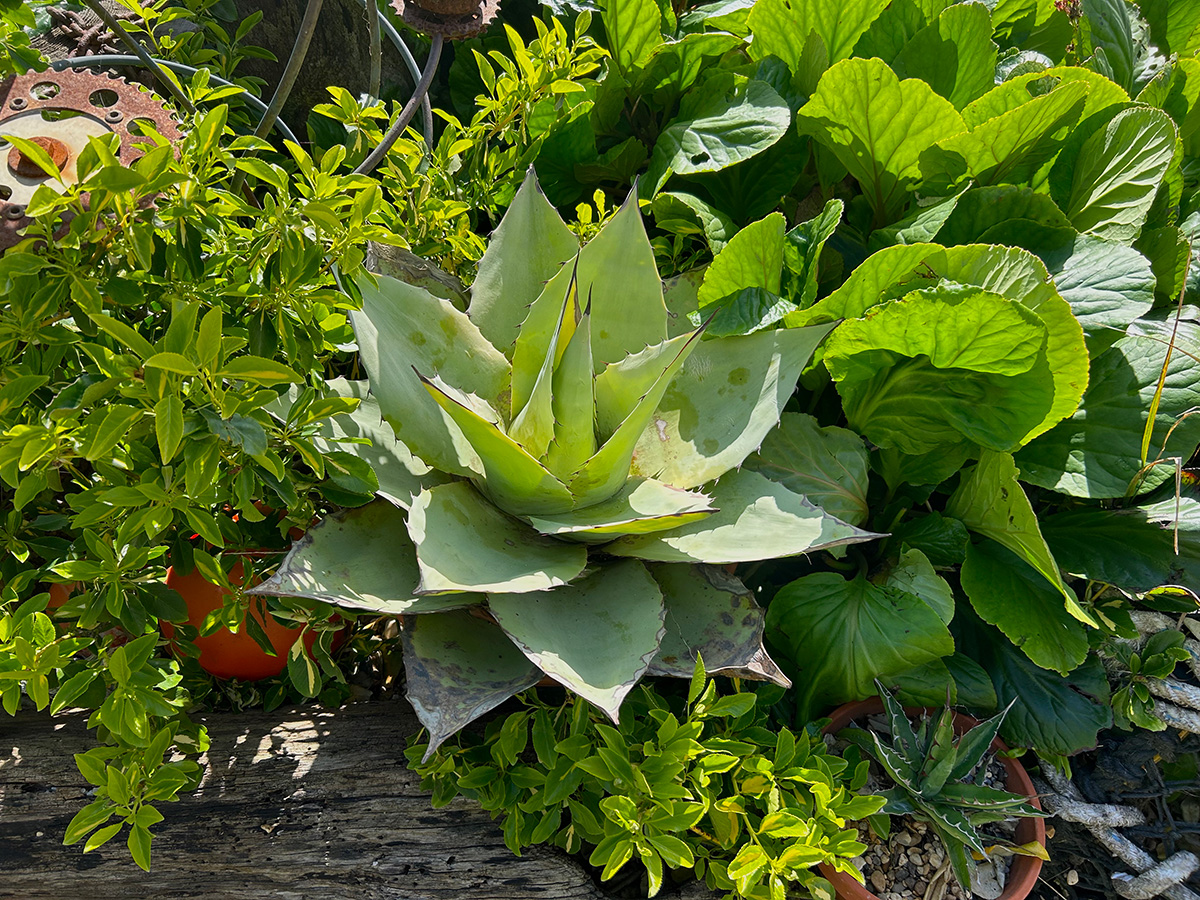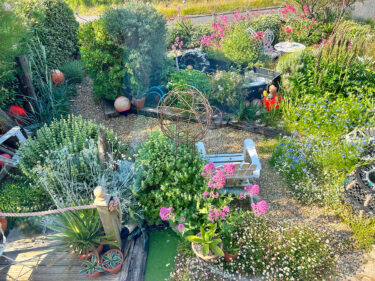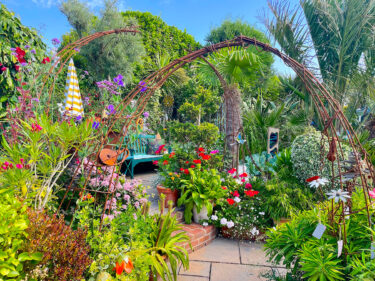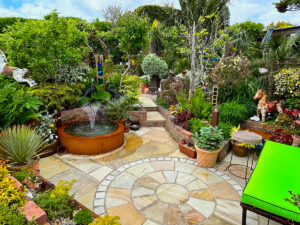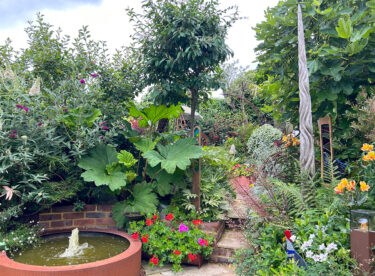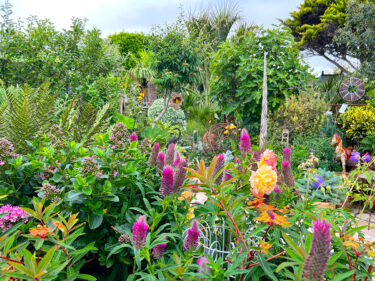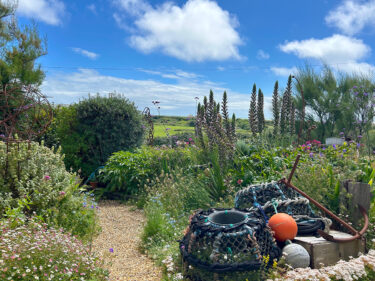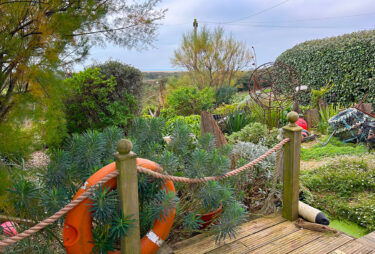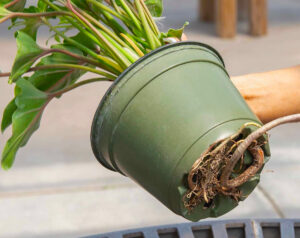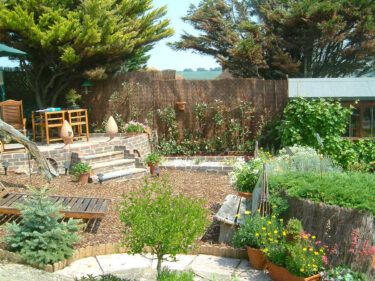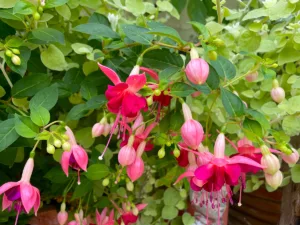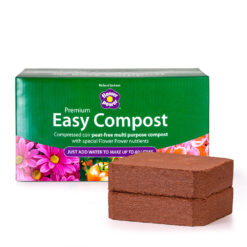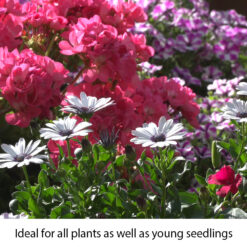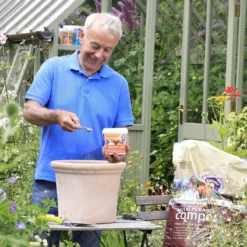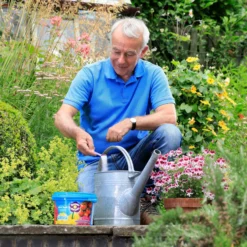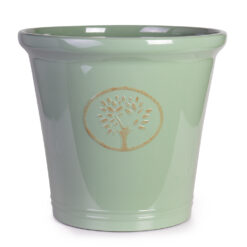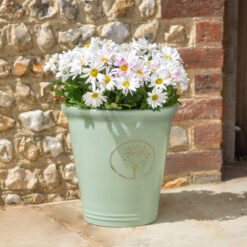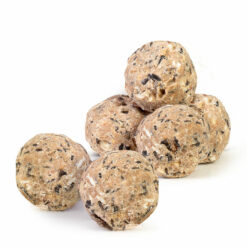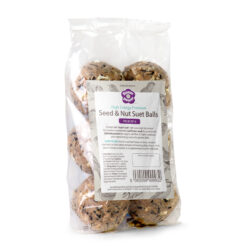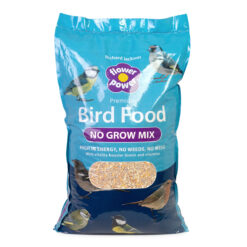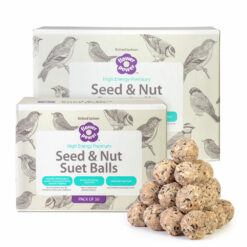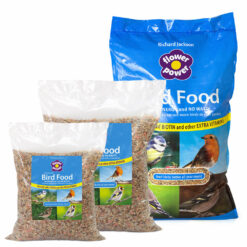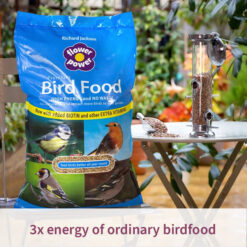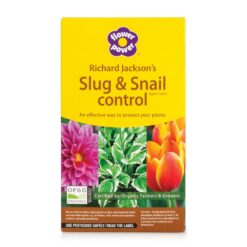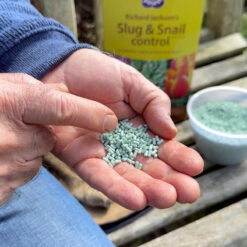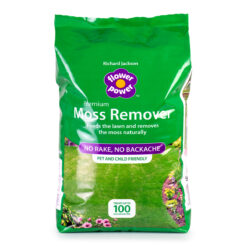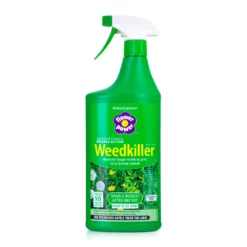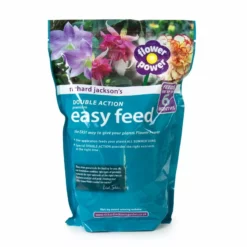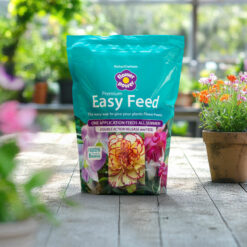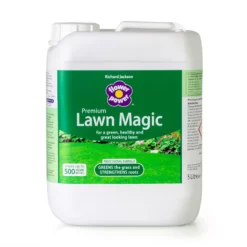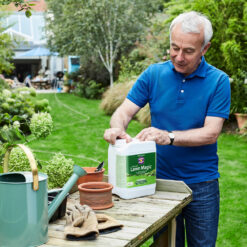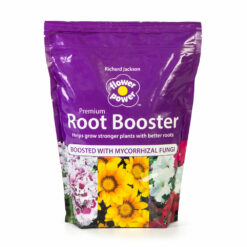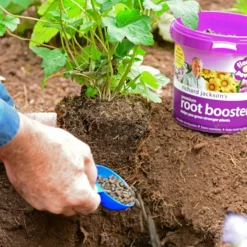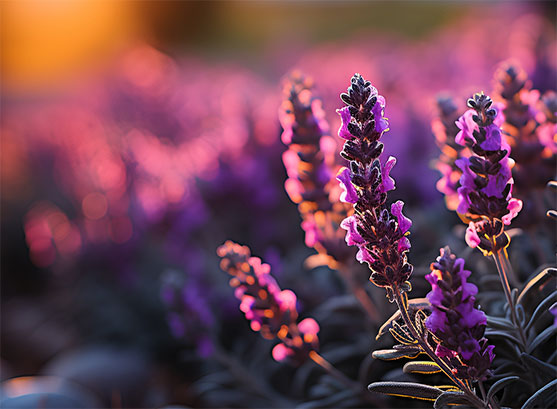I’m often asked what my favourite plants are and with the huge collection at Driftwood it is often hard to answer. That said, throughout the summer months one of my top favourites has to be the stunning Agave. I have a collection of over eighty, all in containers, except two Agave americana which are planted in the ground at the front of the south-facing beach garden.
Cactus or succulent?
Agave is a type of succulent which is commonly confused with cactus. Remember the rule, that all cacti are succulents, but not all succulents are cacti. The main difference between agaves and cacti is that agaves have leaves and cacti do not!
With their perfect shapes, agaves are versatile plants that add real drama in sunny gardens both planted and in pots. Agave americana is known as the century plant but it typically only lives between 10 and 30 years. It can grow 1-2 m high and 2-4 m across.

There are over 250 different species of agave plant, each with its own unique characteristics. They vary in size from small varieties that can be grown in pots, to large specimens that form the bulk of a gravel garden display. Some species are better suited for indoor growing, while others may be grown outside in the UK.
Tender loving care
I’ve certainly learnt some very hard lessons over the last 15 years of owning and collecting Agave. Back in 2010, I purchased my first agave plant, it was a very large specimen Agave americana and not cheap. It was planted on chalk and I believed I had provided all the right drainage but sadly, it rotted away over the first winter.
To say I was upset was a gross understatement. I made a conscious decision thereafter to maintain my collection in containers, to enable me to place them undercover through the wet winter months we experience here on the south coast! When planting an agave plant, it’s essential to choose a location with full sun exposure. Agaves need free-draining soil, typically composed of 50 per cent multi-purpose compost and 50 per cent horticultural grit or perlite, to ensure optimal growth.

Tips for growing agaves
I suppose one critical thing I have learnt over the years that maybe I was not really aware of at the onset was to plant the agave at a slight angle, to prevent water-logging of the plant’s crown and facilitate proper drainage of rainwater, which is particularly crucial when the plant is grown outdoors without the ability to regulate watering. This is a small point, but totally makes sense now! Placing rocks or large stones in the planting hole and around the base of the plant can both aid drainage and inhibit weed growth too.
Back in 2022, I decided to take a chance and planted two Agave americana directly into the ground at the front of the beach garden, taking account of this latter point. I am extremely pleased to say that they are still alive and thriving 3 years later.
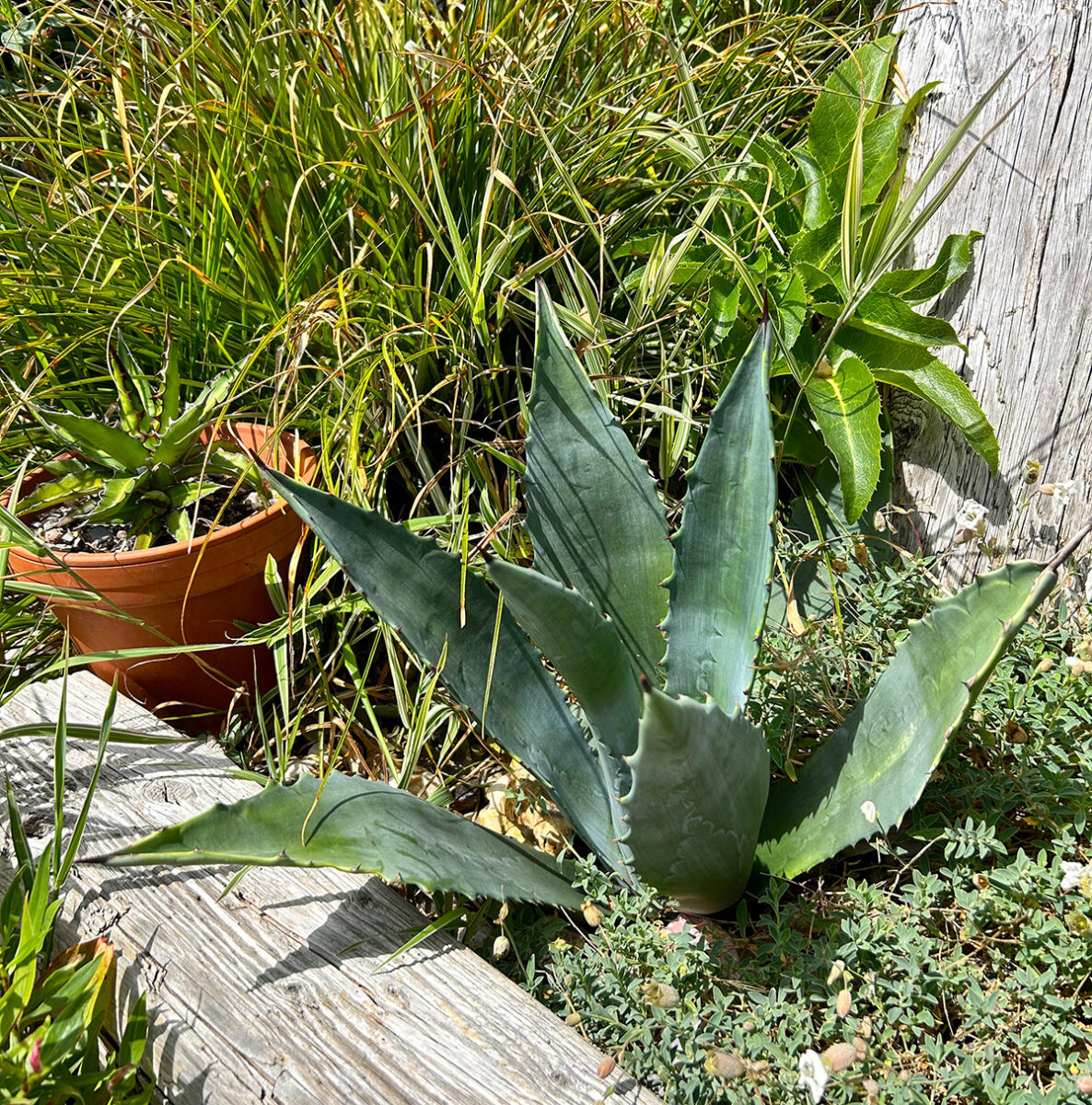
My favourite agaves
I suppose a few of my favourites in the collection are Agave kichiokan ‘Glow’ which definitely needs to come indoors for the winter but looks so magnificent, I keep mine over winter in the back porch.

Another is the dramatic Agave chrysantha with outrageous upright thick, barbed glaucous leaves forming a wonderful, dense rosette.
Agave parviflora has grown well here, it was a single plant about twelve years ago and has now generated about fifteen new plants. The main thing to be careful of here is that the leaf ends are extremely sharp. They look stunning planted in among other greenery.

I love the dramatic Agave ovatifolia (see above and main image), also called the ‘Whale’s Tongue’. It is a stunning agave with striking silver/blue-coloured leaves with beautiful pronounced patterns on their upper surface. I’ve found it easy to grow and very cold hardy down to -15/-16 degrees, supposedly taking cold and damp winters if its drainage is excellent. It is the only potted agave I now leave out all year round, nestled into the planting in the beach garden.
Agave montana or the mountain agave is a rosette-forming, evergreen, perennial succulent that grows to about 1.5m. The leaves are light greyish-green, edged and tipped with reddish spines. It too looks spectacular dropped into the greenery around the front garden. Once the planting grows up, by the time we open in June, it just looks as though it is permanently planted there!

How to propagate Agave
Agave are propagated by taking babies growing at the side in spring or autumn. You’ll easily see any new growth emerging beneath the lower leaves of the plant., Try and tease the whole plant out of the pot to be able to gently separate the new plants. Because Agave thrive in minimum space, they can get very jammed into the container and I have to confess, on occasions I have had to break the pot to get the plant out and separate the babies. I always console myself with the thought that I’ve lost a pot but gained so many new plants.

Last autumn, I managed to create nearly forty new plants from removing and planting the offsets from a number of my agaves.
I’d highly recommend them to any gardener who has the right location, as they are so easy to look after and are very dramatic to look at, providing you just take account of one simple rule. Cherish them so they do not get too wet, either by careful positioning at an angle or keeping your collection in containers and safeguard them under a canopy or outhouse through the wet winter months.

